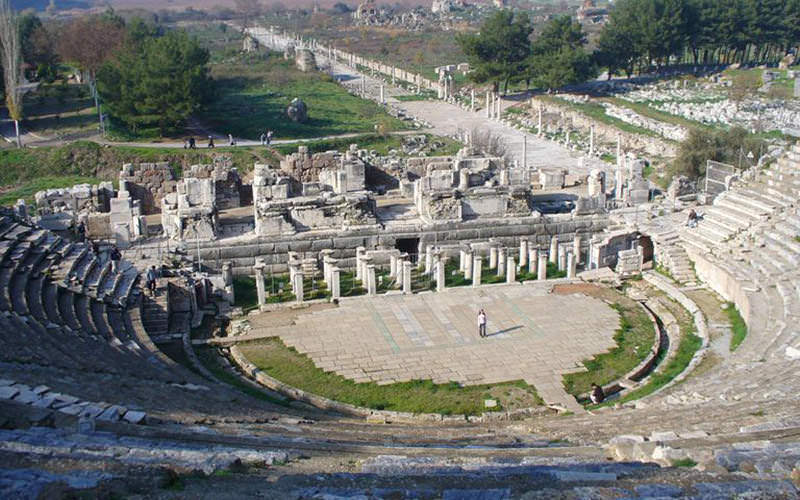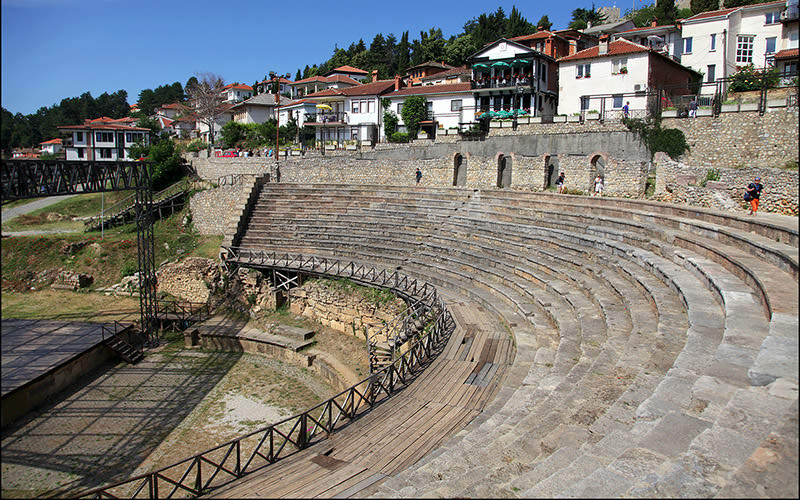In ancient times the Athenian tragedy was born around ritual grounds where a sacrifice was placed to satisfy the gods.
At the place of the performance, an actor (hypocrites) performed, the choirs were pulled back, to two-thirds of a circle, leaving a third for a tent where the actor entered and exited where he changed his clothes. That tent was called skene: that means the stage! This basic element that of theatre, that was left as a heritage from this earliest form of theatre.

Some experts said that the architectural structure, the place where the earliest plays were performed. They were built at the time of the expansion of the theatre, and some of them say that it was before the theatre’s earliest phases of growth. Some researchers have found different types of forms that were predecessors to the now-standard stage form. The ancient stage builders made them in a way so that the actors could be higher than the public, and by doing that the choir was hard to see. They tried rearranging the composition of the choir, the main scene, the proscenium.

When we talk about the stage in those days, we mustn’t think that the always present background was the only element used in ancient theatre, that led the imagination of the audience to accept the stage as a royal palace, temple, or whatever the performance needed. The entire stage was changed by the need for the play, the actors could enter the stage through the doors in the background but also trough side doors. There is nothing that can lead us to believe that they used curtains.
The stage objects used in the beginning were few, but in time their numbers grew and they became more sophisticated. The main one was “ekkuklema” –a mobile platform, that came into the stage to show what happened or what is happening inside. The other stage objects were “mechane” so gods or other heroes could fly to the sky, “theologeion” was used to show the gods higher on stage, “distegia”- a fixed platform, “harons” were stairways, and “anapiezmata” used for calling the gods from the underworld, “bronteion” for making thunderous sounds, “keranouskopeion” for bolts of lightning, etc.
The stage from ancient times has changed according to the play’s needs, and continues to change, but the interest for the ancient stage remains.


















